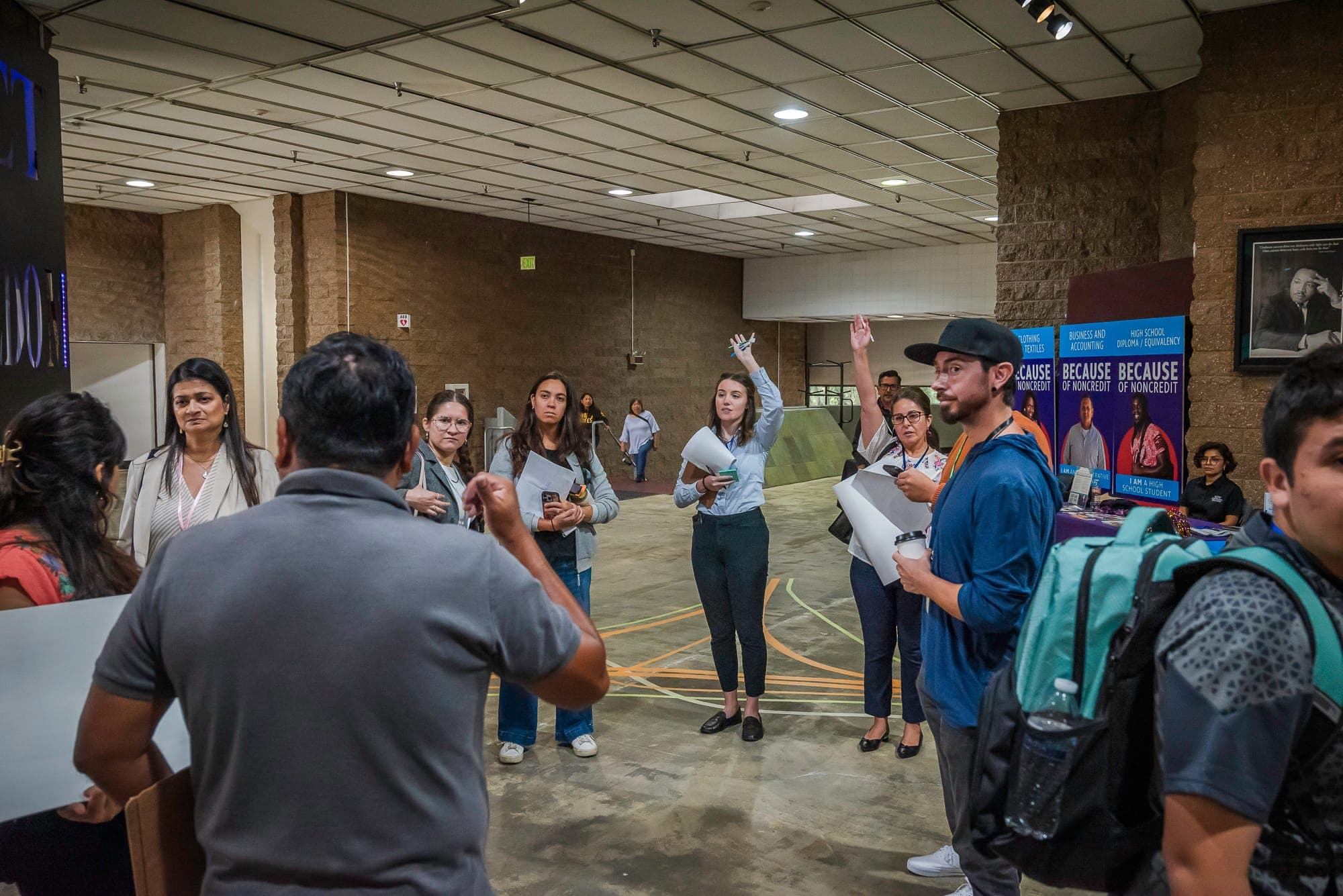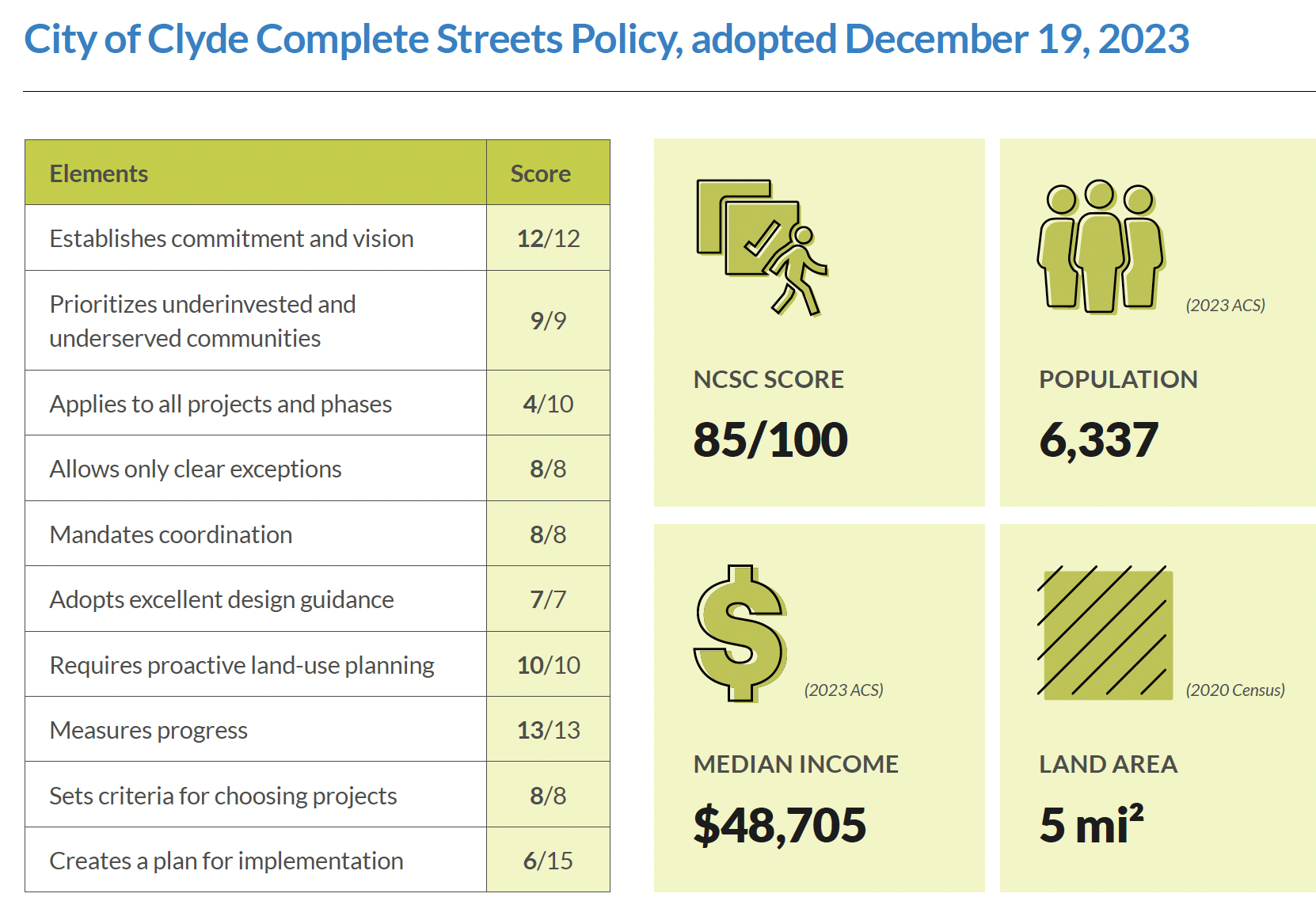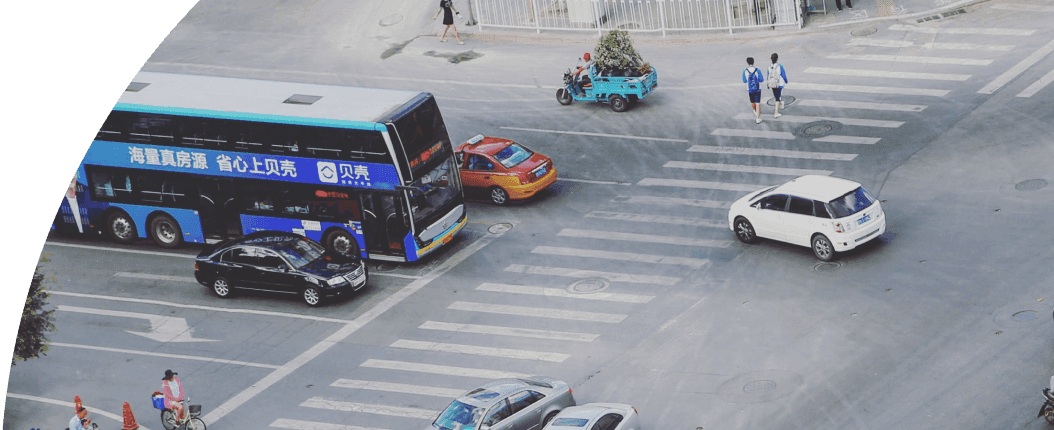
News
By Nora Brown, June 25, 2025
Clyde, Ohio is proof that communities of all sizes can have a strong Complete Streets Policy. Starting with just a few champions focused on public health improvements and increased mobility for Clyde’s large population of individuals with developmental and physical disabilities, Clyde passed a strong policy backed by a dedicated coalition.
Read the full report here.
Part I: Background
A rural city in northwest Ohio of just over 6,000, Clyde’s a small place with a big identity. With an official “Tree City USA” designation from the National Arbor Day Foundation, Clyde has long been committed to green infrastructure. The city has a large population of individuals with developmental and physical disabilities, thanks to local company Sandco, who helps with job training and placement. This makes it even more critical that the city’s infrastructure finds ways to support every community member. When Justin LaBenne, city manager, was approached about individual concerns regarding mobility, he realized that the problem was much larger than a single story. He knew it was time to revamp Clyde’s streets and the policies that support them so that all residents could access sidewalks, parks, grocery stores, or water fountains. The result? A Complete Streets policy that is anything but small.
Part II: Road to adoption
Complete Streets came on Clyde’s radar when Laura Bogard, Creating Healthy Communities Program Coordinator at Sandusky County Public Health, approached Justin LaBenne with the idea of creating a Complete Streets Policy. LaBenne quickly realized that such a policy could be a solution for the safety and access concerns he was hearing from residents. Armed with Sandusky County’s Creating Healthy Communities grant funded by the Center for Disease Control and Prevention (CDC), the two put together a team to draft and pass the policy.
Clyde’s motto throughout this process was finding creative solutions for a small city. That started with forming a coalition representing multiple interests across the community, including the economic development director, residents, and representatives from the Great Lakes Community Action Partnership, Mobility Management, Habitat for Humanity, the Health Department, and the Sandusky County Regional Commission. Bogard led the charge, using her public health background to show the importance of green space and walkable streets. LaBenne believes that the key to action is “having people on the steering committee that are willing to guide the policy and take action.” The committee wasn’t looking for glory in passing this policy – they just knew it was the right thing to do. A policy would make sure these changes supported a long-term vision and were sustained for years to come.
The coalition formed in December 2022 and met throughout 2023, culminating in the passage of the Complete Streets Resolution in December 2023. With such a small community, the policymakers had to find ways to develop language that was appropriate for Clyde. They had a lot of back-and-forth with residents and the city council, making sure that all voices were heard and reflected in the policy. The coalition worked hard to balance addressing concerns around new ideas with finding ways for the policy to support a vision for a brighter future. It was this can-do attitude and willingness to fight for what would work that pushed Clyde’s policy to approval both by the city council and community members.
Support from Sandco on identifying residents’ mobility struggles and offering solutions within the Complete Streets framework made the engagement and approval process smoother. They were eager for their clients to be able to access more of downtown Clyde through streetscape updates. The coalition was also eager to use this as an opportunity to capture the lived experience of all community members and have it inform the eventual policy. Throughout 2023, the Complete Streets Steering Committee conducted walk audits across Clyde, ensuring that community members recognized how the policy could support the potential changes they needed.
Part III: What makes this policy great
Clyde’s policy opens with a clear vision to implement a Complete Streets policy. They go above and beyond in naming street users they intend to benefit, listing “pedestrians, motorists, cyclists, transit and school bus riders, delivery and service personnel, freight haulers, and emergency responders…”
While Clyde is a small city, they made no excuses in their dedication to prioritizing underinvested and underserved users throughout their policy. They list a number of users to prioritize, including cyclists, youth, older adults, and those with limited mobility, physical challenges, or limited access to a personal vehicle. They even define design features they hope to implement in the future, including reachable buttons, wheelchair-friendly sidewalks, and more median crossings.
Their policy specifies the need to mitigate unintended consequences for certain users, which they will track through extensive community involvement. This includes a long list of strategies, such as public comment opportunities at Complete Streets Steering Committee meetings, walk audits, community surveys, and educational opportunities for the public, like bicycle rodeos and youth traffic safety events. Coupled with their extensive short- and long-term performance measures that cover items such as infrastructure improvements, public health, connectivity, and community engagement, Clyde’s policy never falters in their commitment to turning “roads into people-oriented spaces and increasing mobility options for all.”
Part IV: Putting the policy into practice
Though Clyde’s resolution only passed recently, Bogard and LaBenne are already seeing wins. They’ve been able to use more Creating Healthy Communities funding for three upcoming projects, all of which will paint crosswalks, add curb cuts and streetlights, and improve the Clyde pedestrian experience. These improvements are all in line with the new Downtown Clyde Revitalization Plan. Sandco has also been identifying projects across Clyde that may help improve mobility and access, including new bike racks, more ramps, increased bus stops, and accessible parking. With the new community engagement strategies outlined in the Complete Streets policy, Bogard and LaBenne can hear what community members need most.
While rallying community members to volunteer their time has been difficult, Bogard and LaBenne continually reach out to Clyde locals and invite those with lived experiences to give their input. This has meant recruiting from all spaces—when a resident complains that their jogging path is impeded by bumpy sidewalks, tree branches, or a lack of curb cuts, LaBenne invites them to work on Complete Streets implementation.
With limited funds, larger-scale projects have been difficult to implement. Big streetscape projects are currently cost-prohibitive, but LaBenne hopes for these larger projects down the line. They also have plans for speed ramps near the Whirlpool Corporation facility and concrete barriers downtown along streets with wide turns. LaBenne knows that even small wins can make big differences for Clyde residents. With or without a policy, they were going to make a more liveable, and safer community, but the strong Complete Streets policy has certainly contributed to the changes that have been made.
“Success is when I can finally see people that I know have had struggles actually get to where they’re trying to go.” — Justin LaBenne, Clyde City Manager
Part V: Lessons learned
It can start with one. With Bogard as a champion for Complete Streets across Sandusky County, Clyde had the spark they needed. Once LaBenne was on board, the Complete Streets Coalition could navigate the policymaking process with confidence. Sometimes, it just takes one person to spearhead the process and believe in the mission to see success in the end.
Listen to community members. With stakeholders from various backgrounds, Clyde was able to learn about what issues were important to local residents. By taking their time, hosting walk audits, and educating community members about what Complete Streets are, Clyde was able to pass a policy that accurately represented the community’s vision. This also built support for the implementation of future street design changes, building momentum for these issues across Clyde.
One size does not fit all. Every community has its own personality, and a good Complete Streets policy must reflect that. With a large elderly and disabled population, Clyde knew their focus needed to be slow-moving traffic, accessible sidewalks, and a policy that could be implemented by a city of their size. They had to pave the way to their own policy, not copy what larger, urban cities have done.
Thank you to Justin LaBenne, Clyde City Manager, and Laura Bogard, Creating Healthy Communities Program Coordinator at Sandusky County Public Health, for their time and expertise in producing this case study.
Related News

© 2025 Smart Growth America. All rights reserved
Site By3Lane Marketing















